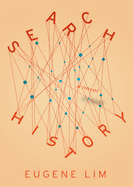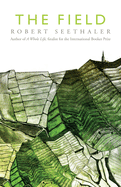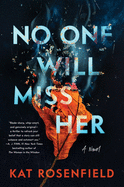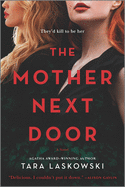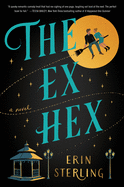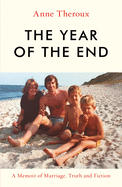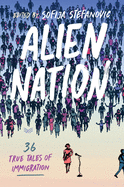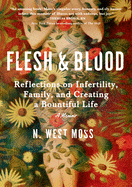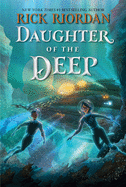Marie Lu is the author of the Legend series, the Young Elites trilogy, the Warcross series, Batman: Nightwalker and The Kingdom of Back. She lives in Los Angeles with her illustrator/author husband, Primo Gallanosa, and their son. Her most recent book is Steelstriker (Roaring Brook Press), the follow-up to Skyhunter.
Marie Rutkoski is the author of The Midnight Lie, The Shadow Society, the Kronos Chronicles and the Winner's Trilogy. She is a professor at Brooklyn College and lives in New York City. Hollow Heart, the conclusion to the Forgotten Gods duology, is out now from FSG.
Here they discuss writing during the pandemic and the social issues that push to the surface in their recently published books.
Marie Lu: Marie, my name twin, what has your experience been with launching and closing a series through the pandemic?
Marie Rutkoski: I would say that it's been a scary year for so many, and that I'm grateful to have been able to write, be with my family and stay in touch with my readers. So much has been exposed by the pandemic that was there all along: the troubling political dynamics of this country, a rise in antagonism between people who identify differently, the growing disparity between the haves and have nots. I think the issues we are seeing in the world are issues that both of us care about as writers and explore in our books. What about you?
 |
| Marie Lu (photo: Primo Gallanosa) |
Lu: In some ways, I wrote Skyhunter as a direct reaction to what began in 2016 with our political system, and it has been a bit surreal to pour my frustrations and anger over our country into this series as the past four years culminated in 2020's chaos. As you said, we've both always written about the gap between the elite and the non-elite, and to see it play out with such stark clarity has truly been sobering. Did you find yourself changing your writing process during the pandemic?
Rutkoski: Yes! Something that is very clear in The Midnight Lie is that the main character, Nirrim, is vulnerable, goodhearted and brave, yet has been boxed in by a punishing and restrictive society's demands. In The Hollow Heart, she is empowered, has traded her heart to the god of thieves and is ready for revenge. As I was watching the pandemic unfold, and thinking about people quarantining on yachts or hiring modern-day governesses to teach their children, it was hard not to fold some of what I was seeing into the book, and to think about a really pertinent question, which is: When will this kind of disparity be too much to stand?
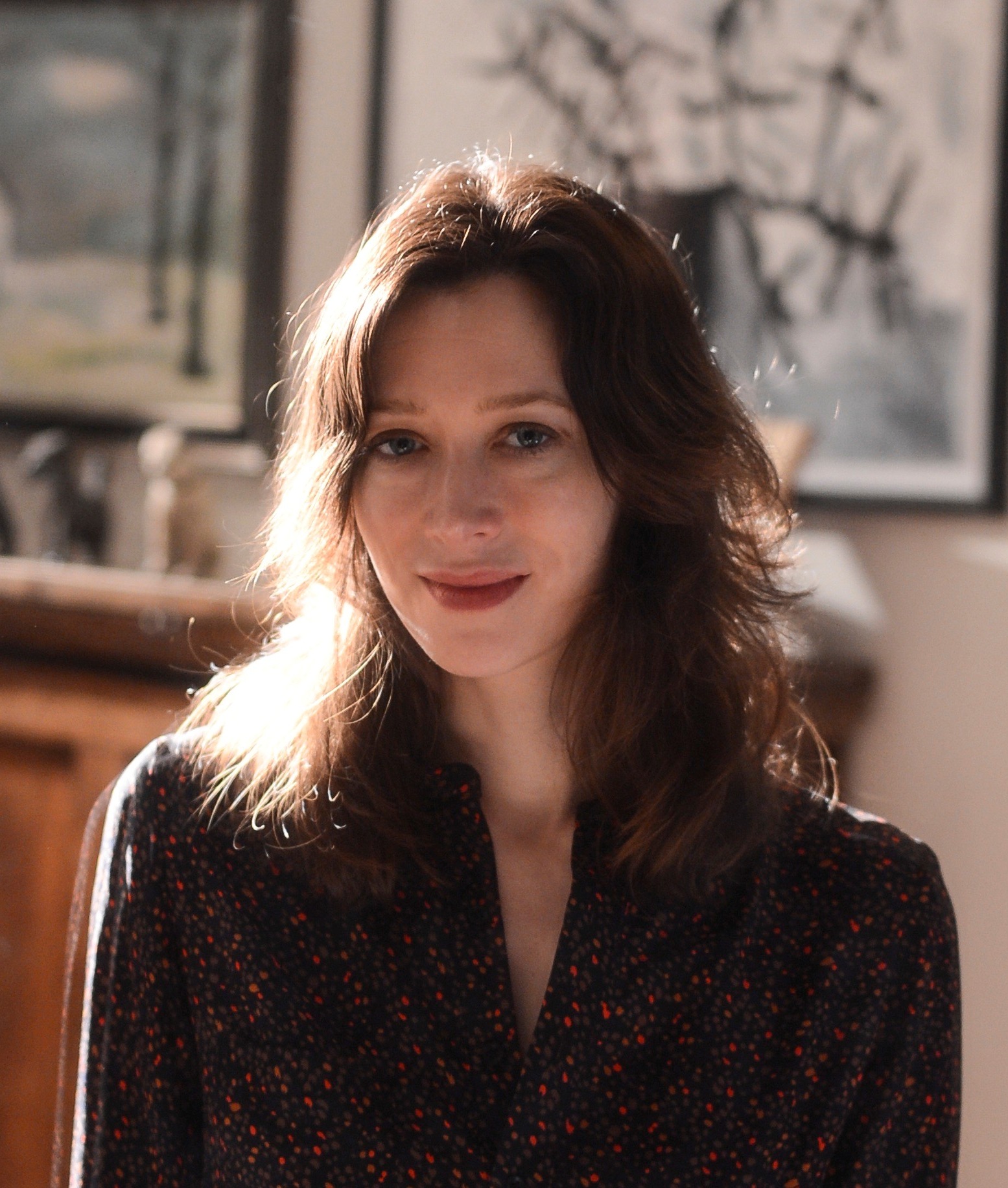 |
| Marie Rutkoski (photo: Tobias Everke) |
Skyhunter also portrays oppression and Talin is so courageous, even in the face of people who don't appreciate her courage. Could you tell me a little bit about what was important to you in the construction of her character in the context of the dark world you created?
Lu: Building Talin as a character has been a bit weird as I witness the double experience of going through the pandemic and being Asian American. Much of Talin's early character building extended from hearing Mr. Khizr Khan's speech at the 2016 Democratic National Convention about his son Humayun Khan, a young Muslim American soldier killed in Iraq while protecting his fellow soldiers, and my thoughts on how so many young people of all marginalizations go off to war to protect us and then return to a country that doesn't give them the respect they deserve. So Talin is that: a soldier from a fallen land, defending a hostile new homeland. She took on a new layer for me as the pandemic continued and hostilities rose against the Asian American community. In the end, what mattered the most to me in creating Talin has remained the same: the desire to show that she leans on the good people around her in the face of so much awfulness. That there will always be evil in the world, but also that the world can be what we make of it.
Can you talk a little about building the world of The Midnight Lie?
Rutkoski: In The Winner's Kiss (the last book of the Winner's Trilogy), Arin has conversations with the god of death in his mind, and I liked creating uncertainty about whether he is truly talking with Death, as he believes, or whether this is the result of his trauma, as Kestrel believes. I began writing The Midnight Lie with this question: What if Arin was right? What if the gods are real? The world established in the Winner's Trilogy continues in the Forgotten Gods duology. But the world gains a new dimension, where we consider what adding magic or god-given abilities might do to the precarious political system already established in the earlier trilogy.
Can you tell us anything about what's to come in Steelstriker?
Lu: Steelstriker was my pandemic book, and thus probably the hardest book I've ever written in my life! I think it would always have been hard, though--in Skyhunter, Talin's life is difficult in many ways, but she is supported by her fellow Strikers and her mother. All that is stripped away from her in Steelstriker. There's a lot of her pain in this book--but also a lot more of her love. Writing love and romance does not come naturally to me, but I have a lot of fun doing it, and I'm excited to share all of that with readers.
Rutkoski: Is there anything you especially loved about writing Steelstriker? Or do you have a favorite moment with one of your readers?
Lu: One of my favorite scenes to write was a quiet one between Jeran and Red, two very different young men, as they had an earnest conversation about their love lives. And gosh, I have so many favorite memories of my readers... a father and daughter came to one of my Champion events once and wore matching custom sweatshirts, and the father's read "She is a Champion!" and it just warmed my whole heart. Every personal letter I've ever received from a reader is one I cherish.
How about you, Marie? And what's next for you?
Rutkoski: I feel the same way you do! So lucky. I wrote a middle-grade series before I began writing YA, and some of my favorite memories are seeing readers at events whom I've seen before, who were kids when I first met them. As for what's next, I have an adult novel called Real Easy that comes out in January 2022. It's a murder mystery set in 1999 in Illinois--think Mare of Easttown, but Midwestern. What about you?
Lu: For me, I have a new YA that I'm working on... I can't talk much about it yet, but this was the story that germinated during the pandemic when I truly wanted to escape. I hope I get to talk a bit more about it someday soon!
Marie Lu and Marie Rutkoski: Writing Through the Pandemic
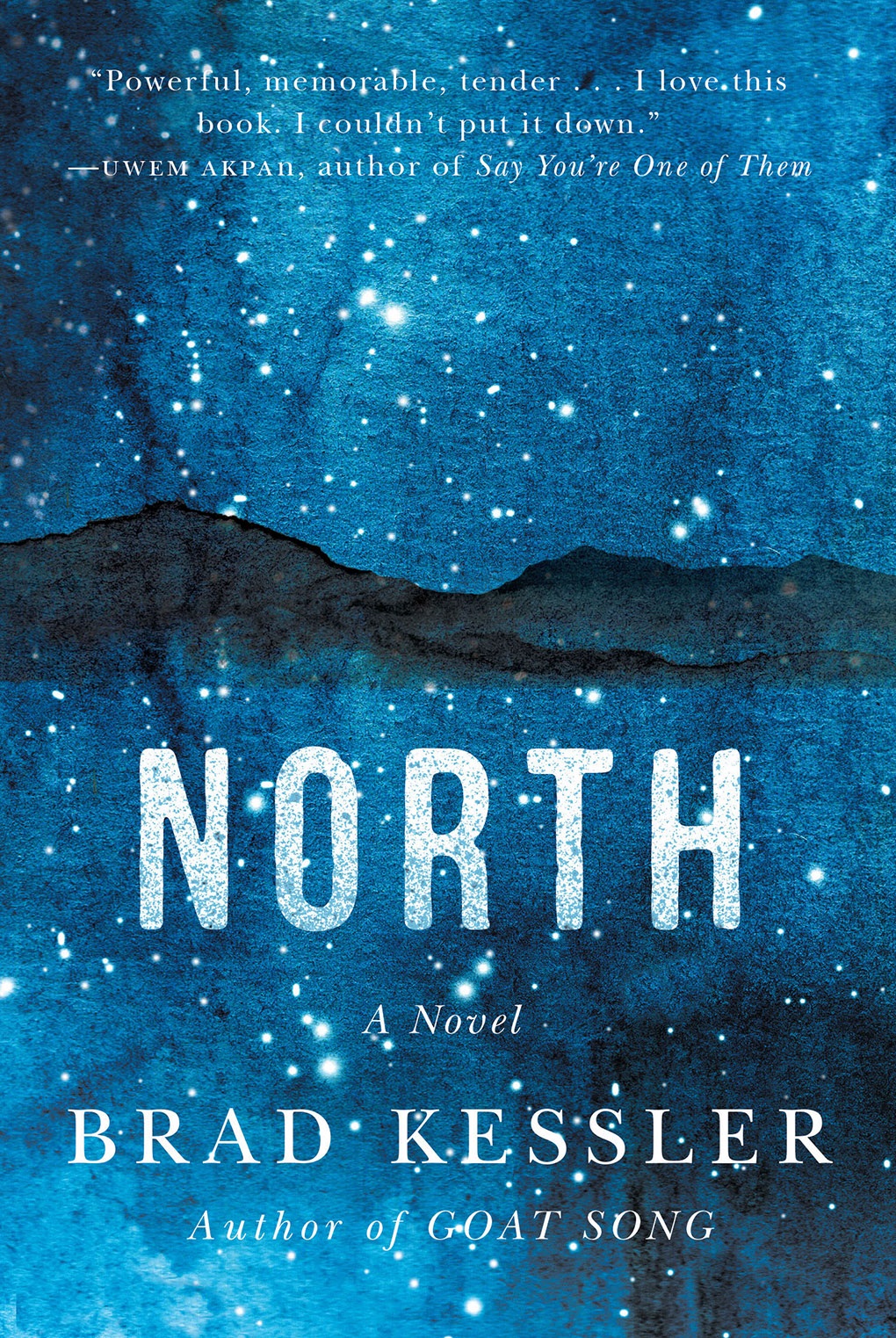 Spiritual people making hard, practical decisions; I'm always intrigued by their stories. In Brad Kessler's fine new novel, North (the Overlook Press, $26), the seemingly disparate lives that converge on a snowy Vermont night--Sahro, a Somali refugee seeking asylum, and Father Christopher, the abbot of a mountain monastery--are woven together with intricate threads of home, flight, sanctuary, danger, hope, faith, storytelling and much more.
Spiritual people making hard, practical decisions; I'm always intrigued by their stories. In Brad Kessler's fine new novel, North (the Overlook Press, $26), the seemingly disparate lives that converge on a snowy Vermont night--Sahro, a Somali refugee seeking asylum, and Father Christopher, the abbot of a mountain monastery--are woven together with intricate threads of home, flight, sanctuary, danger, hope, faith, storytelling and much more. 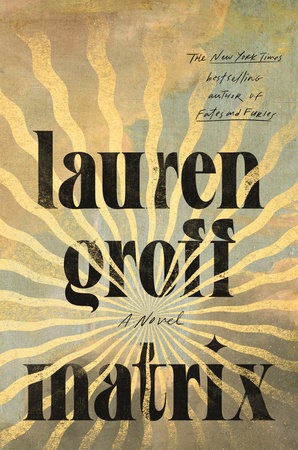 Stories of practical spirituality have been everywhere in my reading lately. In Lauren Groff's Matrix (Riverhead Books, $28), Marie, abbess of the Royal Abbey, walks a line between the harsh responsibilities of her office (not a vocation, at least not at first) and the spiritual mission of abbey life ("Prayer helps, but what helps more are stories").
Stories of practical spirituality have been everywhere in my reading lately. In Lauren Groff's Matrix (Riverhead Books, $28), Marie, abbess of the Royal Abbey, walks a line between the harsh responsibilities of her office (not a vocation, at least not at first) and the spiritual mission of abbey life ("Prayer helps, but what helps more are stories").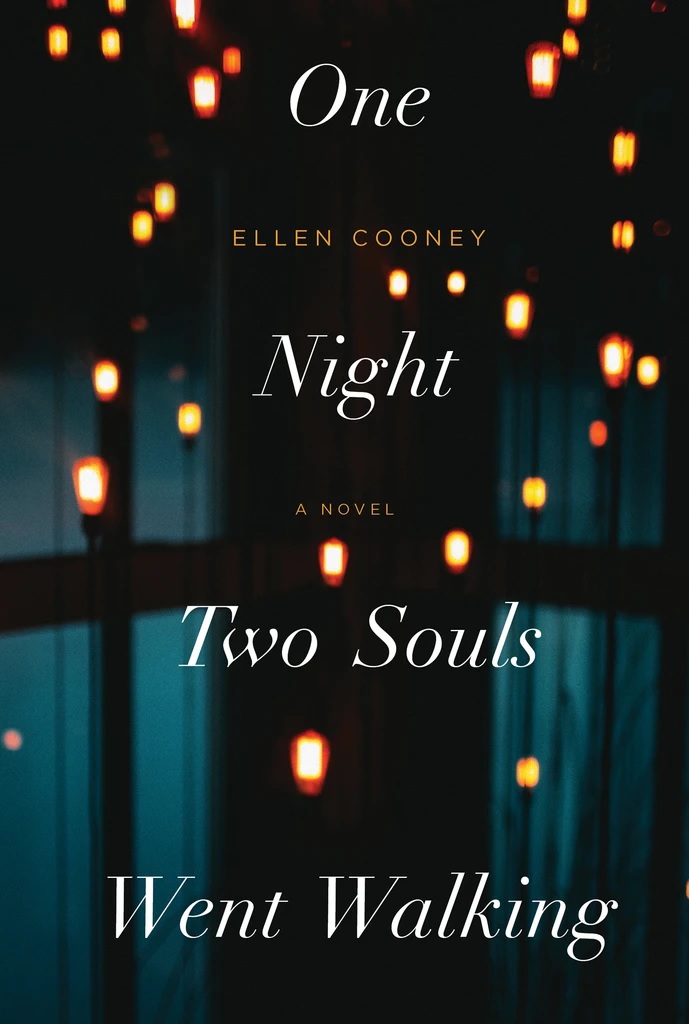 And in One Night Two Souls Went Walking by Ellen Cooney (Coffee House Press, $14.95), an interfaith chaplain wanders the hospital corridors on night shift, listening to patients' stories and seeking to interpret for them--and herself--the mystery of the soul. " 'I believe in expecting light," I say, as if it doesn't matter they can only be words to hang on to, out of habit, when there are no other words, when I am looking at darkness."
And in One Night Two Souls Went Walking by Ellen Cooney (Coffee House Press, $14.95), an interfaith chaplain wanders the hospital corridors on night shift, listening to patients' stories and seeking to interpret for them--and herself--the mystery of the soul. " 'I believe in expecting light," I say, as if it doesn't matter they can only be words to hang on to, out of habit, when there are no other words, when I am looking at darkness."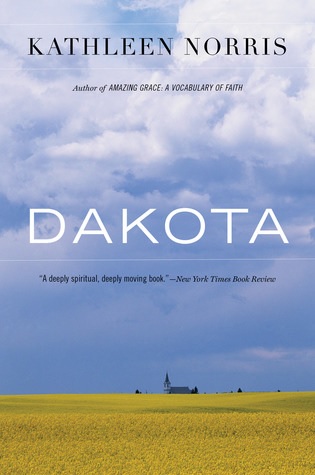 Practical spirituality. In Dakota: A Spiritual Geography by Kathleen Norris (Mariner Books, $14.95), a minister recalled the first funeral service she conducted in the town: "As people gathered for the graveside service, the men, some kneeling, began studying the open grave. It was early November, and someone explained that they were checking the frost and moisture levels in the ground. They were farmers and ranchers worried about a drought. They were mourners giving a good friend back to the earth. They were people of earth, looking for a sign of hope." --Robert Gray
Practical spirituality. In Dakota: A Spiritual Geography by Kathleen Norris (Mariner Books, $14.95), a minister recalled the first funeral service she conducted in the town: "As people gathered for the graveside service, the men, some kneeling, began studying the open grave. It was early November, and someone explained that they were checking the frost and moisture levels in the ground. They were farmers and ranchers worried about a drought. They were mourners giving a good friend back to the earth. They were people of earth, looking for a sign of hope." --Robert Gray






 Holocaust survivor and author Eddie Jaku died earlier this week at age 101. Born Abraham Jakubowicz to a Jewish family in Leipzig, Germany, Jaku emigrated to Australia in 1950, where he lived for the rest of his life. His memoir, The Happiest Man on Earth: The Beautiful Life of an Auschwitz Survivor, was published in May of this year and became an international bestseller.
Holocaust survivor and author Eddie Jaku died earlier this week at age 101. Born Abraham Jakubowicz to a Jewish family in Leipzig, Germany, Jaku emigrated to Australia in 1950, where he lived for the rest of his life. His memoir, The Happiest Man on Earth: The Beautiful Life of an Auschwitz Survivor, was published in May of this year and became an international bestseller.